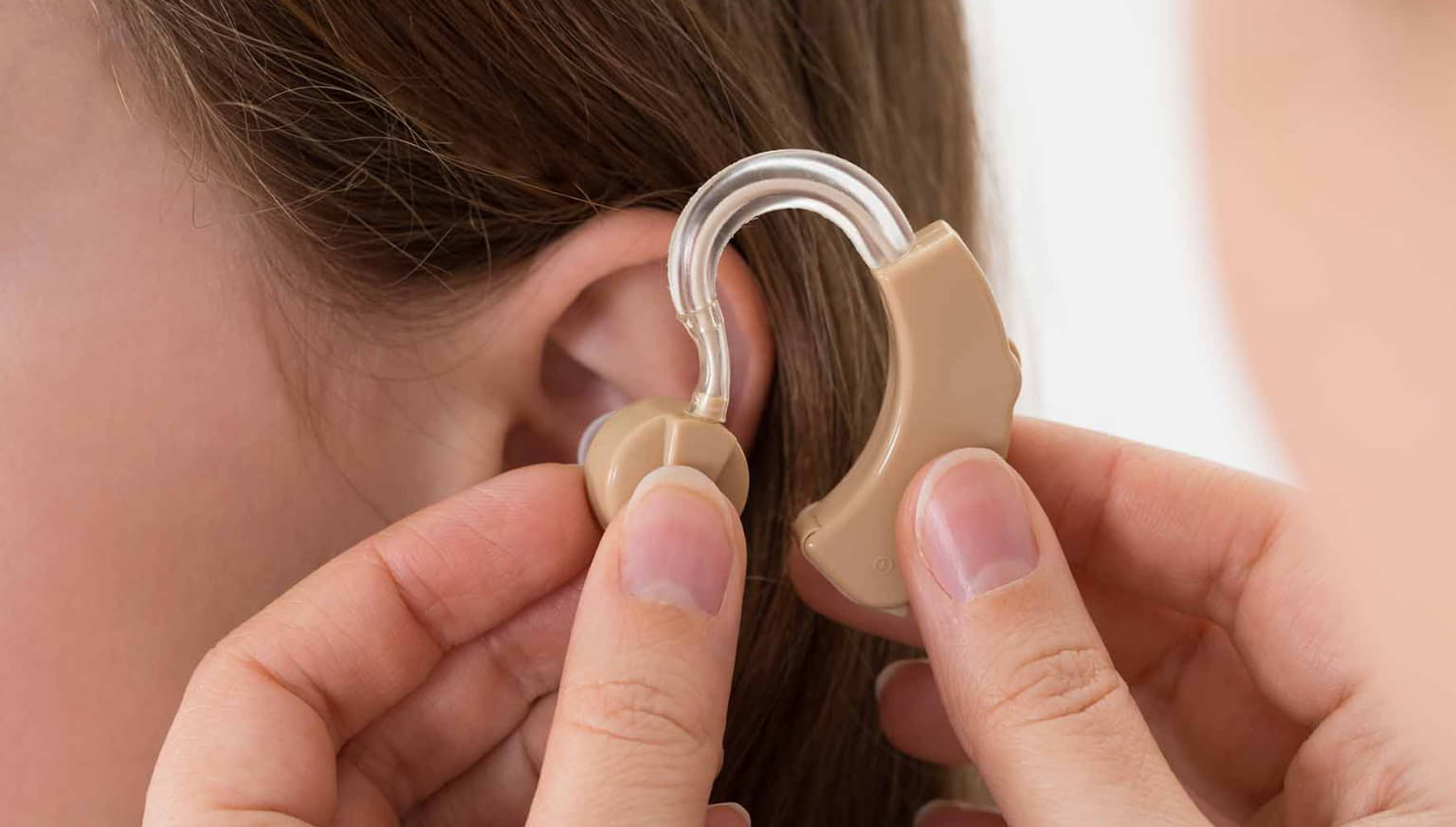Navigating the world of hearing aids can be overwhelming, especially when it comes to understanding the associated costs. From initial purchase prices to ongoing maintenance and repairs, there are various factors to consider when budgeting for hearing aids. In this guide, we’ll explore the ins and outs of hearing aid cost to help you make informed decisions about your hearing healthcare needs.
Factors Influencing Hearing Aid Cost
The cost of hearing aids can vary significantly depending on several factors. These may include the level of technology and features offered by the device, the brand and model selected, and the type of hearing loss being treated. In general, more advanced hearing aids with cutting-edge features such as noise cancellation and Bluetooth connectivity tend to be more expensive than basic models.
Understanding Pricing Models
Hearing aid pricing typically follows one of two main models: bundled pricing or unbundled pricing. Bundled pricing includes the cost of the hearing aid itself, as well as any necessary fittings, adjustments, and follow-up appointments. Unbundled pricing, on the other hand, separates these services, allowing patients to pay for each component individually. It’s essential to understand the pricing model used by your audiologist or hearing healthcare provider to avoid any surprises.
Financial Assistance and Insurance Coverage
While hearing aids can be a significant investment, several avenues for financial assistance and insurance coverage may help offset the cost. Some health insurance plans provide coverage for hearing aids, while others offer reimbursement or subsidies for eligible expenses. Additionally, government-funded schemes and charitable organisations may provide financial assistance to individuals with limited financial resources.
Budgeting for Hearing Aid Repairs
In addition to the initial purchase price, it’s essential to budget for ongoing maintenance and hearing aid repairs. Over time, hearing aids may require repairs due to wear and tear, damage, or technical issues. Some hearing aid manufacturers offer warranties or service plans that cover repairs and maintenance for a specified period, while others may charge for these services on a case-by-case basis.
Conclusion
Understanding hearing aid cost is crucial for anyone considering investing in these devices to improve their hearing health. By considering factors such as technology level, pricing models, financial assistance options, and ongoing maintenance needs, you can make informed decisions about the best hearing solution for your individual needs and budget.

